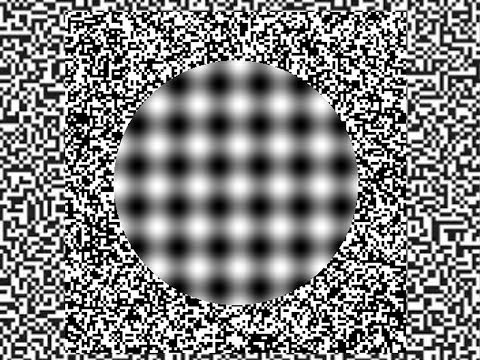Are You Right-Brained Or Left-Brained?
According to the theory of left-brain or right-brain dominance, each side of the brain controls different types of thinking. Additionally, people are said to prefer one type of thinking over the other. For example, a person who is “left-brained” is often said to be more logical, analytical, and objective, while a person who is “right-brained” is said to be more intuitive, thoughtful, and subjective.






